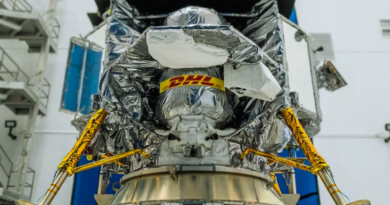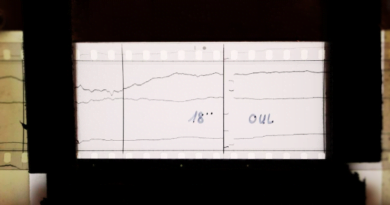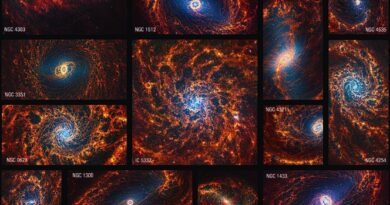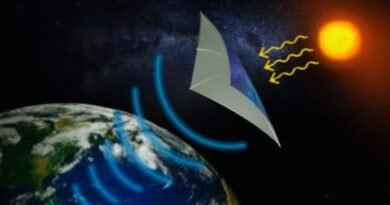Asteroid 2024 BX1 Fragments Dating Back to the Dawn of the Solar System

Asteroid 2024 BX1 fragments with origins as ancient as the solar system, offering insights into its primordial history.
Scientists have a fresh material possibly linked to the formation of Earth itself. Fragments originating from an asteroid explosion over Germany on January 21 have been identified as a rare type of space rock, offering valuable clues into our planet’s origins.
Previously suspected to belong to the unique aubrite group, the peculiar appearance of the meteorite fragments from the parent asteroid 2024 BX1 has now been confirmed by scientists. This confirmation is significant as only a handful of aubrite meteorite falls have been found on Earth prior to this discovery.
Peter Jenniskens, a meteor astronomer at the SETI Institute and part of the research team, highlighted the rarity of these samples, constituting a mere 1% of known meteorites. Distinguished by their translucent glass crust and grey granite appearance, distinguishing them from terrestrial rocks posed an initial challenge.
However, detailed analysis using electron beam microprobe by collaborators at the Museum für Naturkunde in Berlin revealed the typical mineralogy and chemical composition characteristic of aubrite rocks.
The precise orbit of asteroid 2024 BX1 provides insights into its source region, likely situated within the inner side of the asteroid belt between Mars and Jupiter. These main belt asteroids offer a glimpse into the primordial materials from which the solar system, including Earth, formed approximately 4.5 billion years ago.
By studying these aubrite meteorites, scientists can draw parallels between their properties and those of Earth, aiding in understanding our planet’s formation processes. This includes investigating the water ratio and chemical composition, crucial for unraveling Earth’s early history.
Beyond Earth’s past, the remnants of asteroid 2024 BX1 hold significance for humanity’s future. Detected by astronomer Krisztián Sárneczky at Konkoly Observatory, its trajectory was monitored by NASA and ESA’s impact hazard assessment systems, accurately predicting its collision with Earth.
Despite its diminutive size, the explosion of asteroid 2024 BX1 over Munich, Germany, offers valuable insights into asteroid behavior. Comparing it to larger events like the Chelyabinsk meteor of 2013, researchers aim to understand how small asteroids fragment upon entering Earth’s atmosphere, aiding in future impact forecasts.
The submission of these findings to the International Nomenclature Commission of the Meteoritical Society marks a crucial step towards validating and disseminating this significant discovery.








